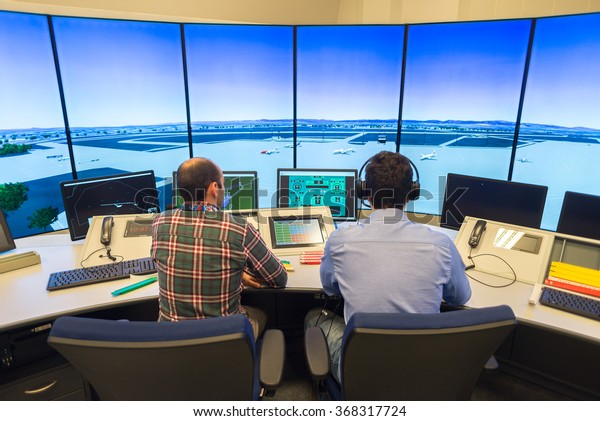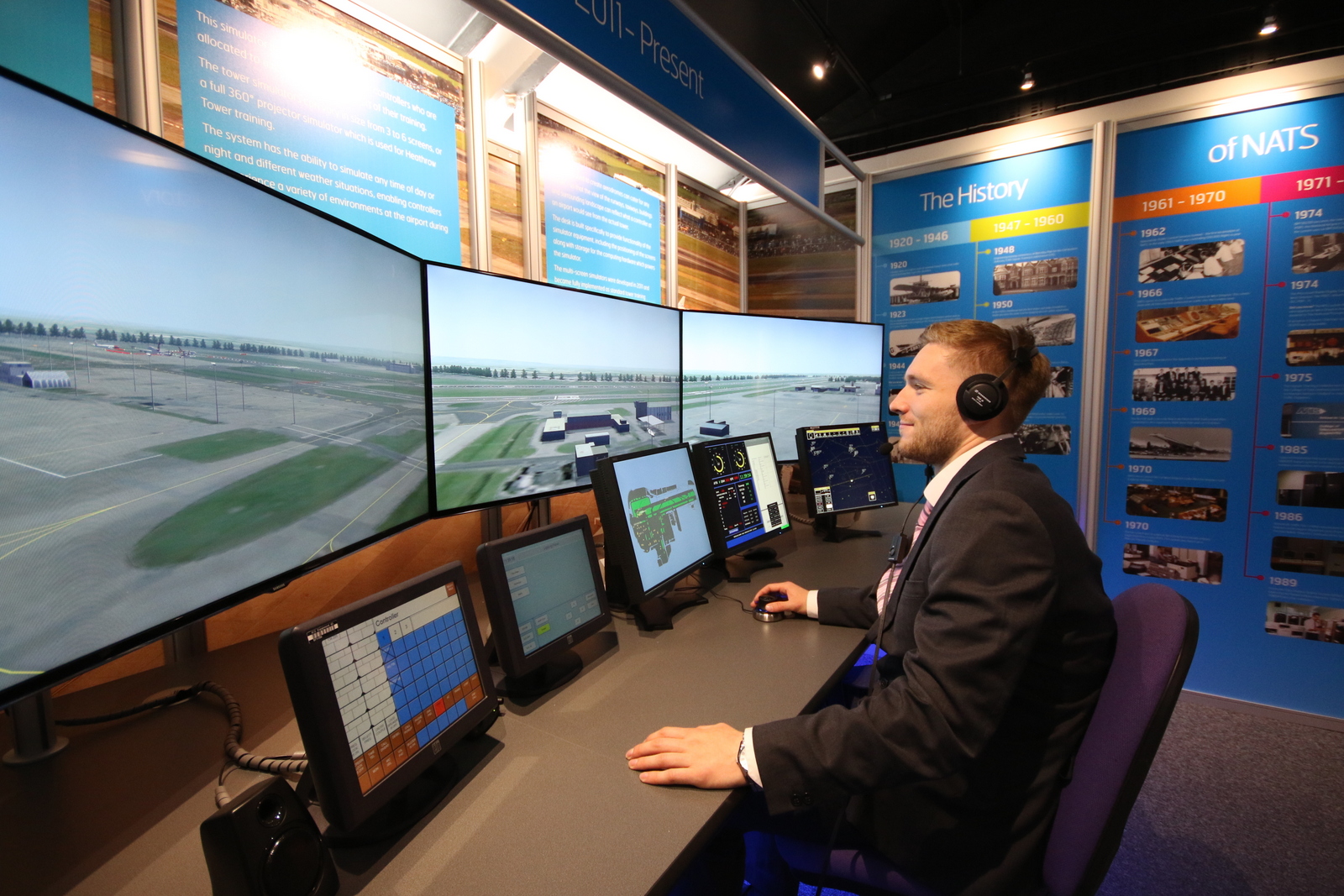

Thankfully, an abundance of mods exists that you can get the most out of if you decide to give them a shot.

This is something the, presumably due to licensing, means that the atmosphere of the game can be hurt quite significantly as you won’t be able to see your favorite aircraft flying around in the skies with you. Whilst there is some traffic in FSX, any “real world” aircraft that you can use or fly aren’t actually included in the flight simulator. This is where the various community mods that add in AI traffic are so important.

The type of aircraft is always important, but the world itself has to feel realistic. Therefore, it’s vital to make sure that you have the right kind of realism around you at all times – of course, as any flight simulation fan will know, the realism that you experience goes far beyond just the aircraft that you are flying. After all, the majority of users will be using as either light training for their piloting career, or as a chance to get as close to the real thing as possible. Singapore: World Scientific.When using a flight simulation product, you always want to get the most realistic possible response. In IEEE intelligent vehicles symposium (IV’04) (pp. Simulation and optimization of traffic in a city. Cameron (Eds.), Self-organizing systems (pp. On self-organizing systems and their environments. Self optimising traffic signal control using microprocessors-the TRRL MOVA strategy for isolated intersections. Proceedings of the 2002 Nobel Symposium on self-organization. Philosophical Transactions of Royal Society of London A, 361(1807). Self-organization: the quest for the origin and evolution of structure. PhD thesis, University of Wisconsin at Madison.
Fminer traffic simulator series#
Causal architecture, complexity and self-organization in time series and cellular automata. Traffic and granular flow ’97, Singapore. A model of city traffic based on elementary cellular automata. Journal of Intelligent Transportation Systems, 4(3), 209–254.

Adaptive look-ahead optimization of traffic signals. Self-organization in non-equilibrium systems: from dissipative structures to order through fluctuations. A more realistic vehicle traffic simulator. On the definition of self-organizing systems. Decentralised control of material or traffic flows in networks using phase-synchronisation. Lämmer, S., Kori, H., Peters, K., & Helbing, D. SCOOT-a traffic responsive method of coordinating signals (Technical report, TRRL). The meaning of self-organization in computing. Kiel (Ed.), The encyclopedia of life support systems. The science of self-organization and adaptivity. Hartl (Eds.), Optimal control and dynamic games (pp. Self-organized control of irregular or perturbed network traffic. Helbing, D., Lämmer, S., & Lebacque, J.-P. Traffic and granular flow ’99: social, traffic, and granular dynamics. Coherent moving states in highway traffic. Schwegler (Eds.), Self-organizing systems: an interdisciplinary approach (pp. Synergetics and the problem of selforganization. Self-organizing traffic lights at multiple-street intersections. static optimization: a qualitative comparison in traffic light coordination. 7th European conference on advances in artificial life, ECAL 2003 (pp. When can we call a system self-organizing? In W. Tan (Eds.), Complexity theories of cities have come of age: an overview with implications to urban planning and design (pp. Self-organizing urban transportation systems. Self-organization leads to supraoptimal performance in public transportation systems. Prokopenko (Ed.), Advances in applied self-organizing systems (1st ed.). Self-organizing traffic lights: a realistic simulation. Design and control of self-organizing systems. A general methodology for designing self-organizing systems (Technical Report 2005-05). Unpublished BSc Thesis, Vrije Universiteit Brussel.įederal Highway Administration (1998). A realistic simulation for self-organizing traffic lights. Princeton: Princeton University Press.Ĭools, S. R., Sneyd, J., Theraulaz, G., & Bonabeau, E. New York: Pergamon.Ĭamazine, S., Deneubourg, J.-L., Franks, N. (Eds.), Principles of self-organization (pp. Principles of the self-organizing system.


 0 kommentar(er)
0 kommentar(er)
